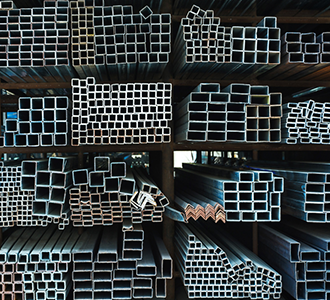blog
Introduction
Imagine you're embarking on a project—whether it’s constructing a durable outdoor patio set or designing a lightweight bicycle frame. The pivotal decision point: which metal should you choose, aluminum or steel? Both are stalwarts in the world of metalwork, each offering distinct advantages and challenges. In this article, we'll explore the characteristics of aluminum and steel, delve into their strengths and weaknesses, and help you make a more informed choice based on your specific needs.
Comparing Weight: Lightweight Aluminum vs. Sturdy Steel
Understanding the fundamental characteristics of aluminium and stainless steel is essential in discerning their applications and advantages.

Aluminum’s Featherweight Advantage
When weight is a critical concern, many professionals lean on aluminum as their material of choice. This metal is often one-third the weight of steel, making it ideal for applications where minimizing mass is vital, such as in the aerospace and automotive industries. Its lightness can contribute to fuel efficiency in vehicles or ease of handling and installation in structures.
- Enhanced mobility
- Increased fuel efficiency
- Ease of transportation
Steel's Hefty Resilience
On the flip side, steel brings robustness and durability that aluminum simply cannot match without sacrificing weight. For projects where strength and stability are paramount—think skyscrapers, bridges, or heavy machinery—steel stands out as the reliable workhorse.
- Superior strength
- Exceptional durability
- Greater tensile strength
